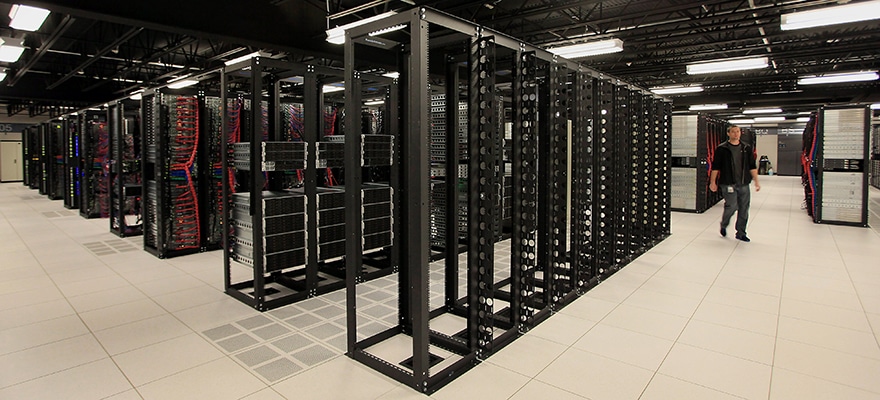For some of you, AML/KYC/CTF/FCPA looks and sounds like a foreign alphabet soup of acronyms introduced to distract you from the main purpose of this article. For others who work for regulated banks, these acronyms are so familiar that you’ve likely memorized the answers to your company’s annually mandated Anti-Money Laundering (AML)/Know Your Customer (KYC) ) certification quiz and you’re already familiar with the increased measures being taken against Counter Terrorism Financing (CTF), and the Foreign Corrupt Practices Act (FCPA).
Avid industry news reader? Take the Finance Magnates quiz
The bankers also DON’T need to hear another glaringly obvious anecdote about an analyst who has just joined the company and has a great opportunity to work with King/Prince/Senator X from non-cooperative African/Middle Eastern jurisdiction Y – and most importantly – you know that when in doubt, ALWAYS call the company AML/Compliance hotline.
BUT…for a bank facing large fines, what happens when the scenario isn’t so clear and the answers aren’t multiple-choice? How can your technology and your data infrastructure help you rely less on personal judgement and more on facts to prevent money laundering and terrorist financing?
Fines – and budgets - are growing
Fines and monetary settlements for banks not in compliance with AML regulations are growing, and surpassed $13.4 billion in 2014. As such, banks are increasing their investment in counter-measures, which include the employment of former investigators as staff members in senior compliance roles and advanced technology and data systems.
According to an Ovum’s annual ICT Enterprise Insights survey, compliance continues to be a core driver of growing IT budgets. The survey showed that 55 percent of retail banking respondents expected AML-related IT budgets to grow in 2016. If banks have the IT budget – the next question is – how can they most effectively use it to prevent money laundering and comply with regulatory mandates? The answer lies in big data and Analytics .
Follow the money with the data
AML presents a data analytics challenge with a wide variety of sources and types of data available for analysis. These encompass both public and private data sets that may be structured, semi-structured, or unstructured, including:
- Publicly Available Sanctions Lists– Data sets include the OFAC (Office of Foreign Assets Control) sanctions lists of Specially Designated Nationals (SDNs), Politically Exposed Persons (PEPs), sanctions programs and countries.
- Client and Legal Entity Data– Banks have historically managed their own client databases within the walls of their institutions, or relied on other commercially available data on individuals and entities. Recently, they have started to consolidate efforts with the creation of client and legal entity data utilities to be leveraged across multiple institutions. These greatly improve a bank’s customer identification and due diligence capabilities and provide a common identification method. The utilities were designed by and are supported and utilized by the world’s largest institutions and include the Clarient Entity Hub and KYC.com.
- Financial Transaction Data– Transactional structured/semi-structured data is typically held within the exchanges or institutions in which transactions have taken place.
- Personal Communications– Communications with counterparties can take many forms and manifest themselves in many systems.
When banks harness the value of this data, they are able to set up big data analytics to help drive the discovery of money laundering. As banks are actively adopting big data platforms, including Hadoop and supporting analytical tools, they can be applied to help solve this problem. A platform that enables the ingestion, enrichment, analysis, and visualization of these diverse, large, and constantly changing data sets can be the bank’s best asset.
I recently had the opportunity to speak with a former investigator with Homeland Security Investigations (HSI) who runs a consultancy focused on using big data analytical tools to assist banks in achieving better AML compliance. He describes a situation where financial institutions are experiencing an exponential growth in AML compliance requirements and reporting burdens. “By far, the best solution to fulfill rapidly growing compliance requirements is provided by big data analytical tools which drastically lower compliance costs and satisfy the due diligence required by regulatory agencies,” says the former investigator.
Examples of common analytics include reviewing transaction data to see if there are trends in transaction size. Specifically, currency transaction reporting is required for all transactions above $10,000 and money launderers have resorted to completing transactions just below this threshold to avoid those reporting requirements. In the industry, this is known as smurfing and identifying consistent behavior of completing transactions just below this threshold may indicate money-laundering activity.
In addition, by enriching transaction data with client/legal entity data (including names, addresses, and other identifiers), and publicly available OFAC lists, banks can track transactions to determine if they were completed by known high risk individuals or non-cooperative jurisdictions. Enriching this data further, with verbal and written communications information can help cast the net wider when looking at potential indicators.
In the world we live in today – no individual or institution wants to aid money laundering or provide financing to ISIS or other known terrorist or criminal organizations. With the right investment in the right technology and data platforms, we can all sleep better at night knowing that we are applying big data analytics to help address the problem.















